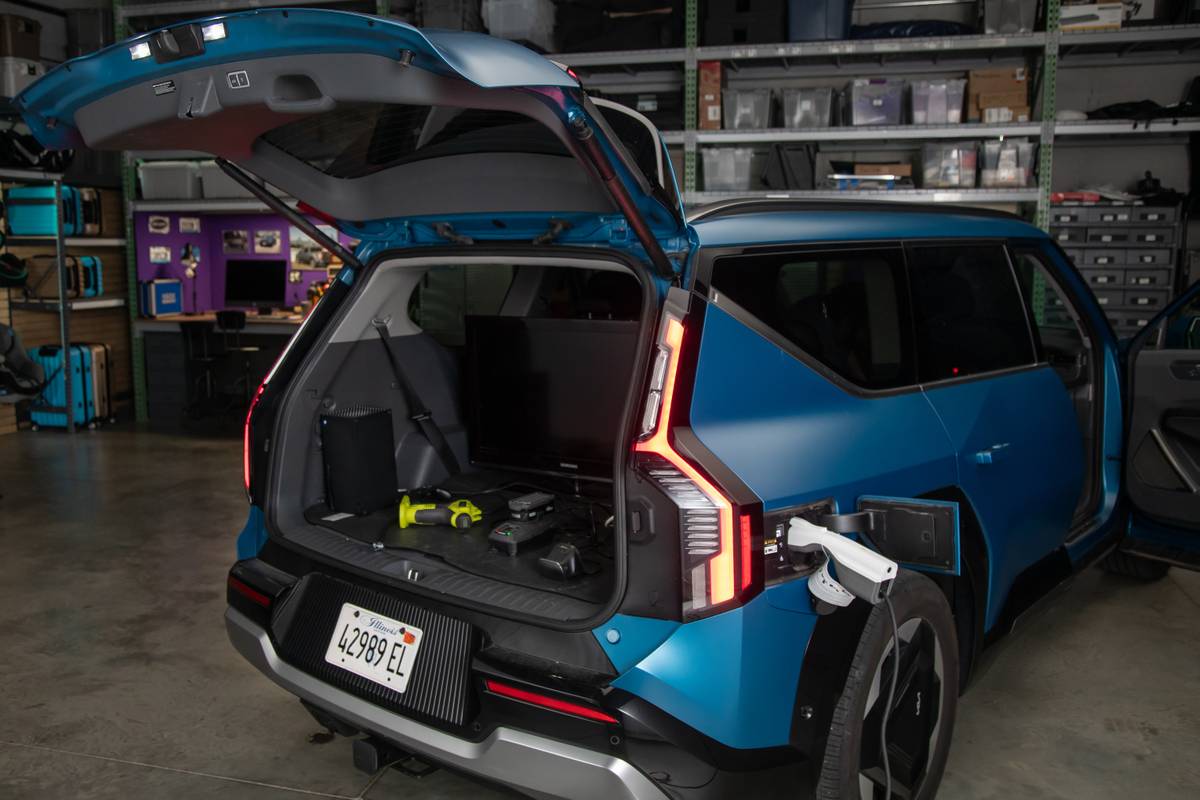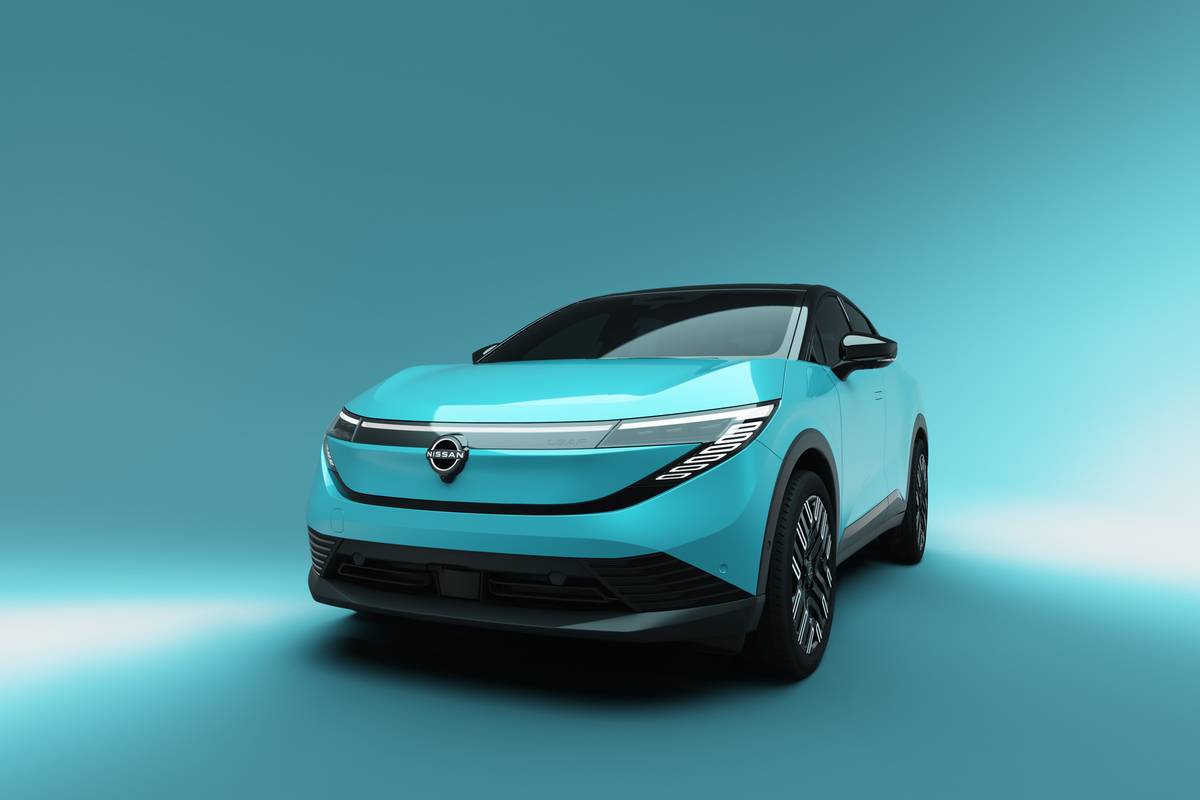Orlando Sentinel's view
Maybe cats really do have nine lives.
After all, Jaguar has clawed its way back from death’s door numerous times in its 60-year history.
Consider this: In the last six decades, the automaker Jaguar has survived Nazi bombs in World War II, a fire in the 1950s that nearly destroyed Jaguar’s famous Browns Lane factory, the disastrous British Leyland merger of 1968, and the recession of the early ’90s.
Indeed, the British automaker has spent quite a few of its nine lives to make it into 1995, its 60th year in business.
However, with the introduction of the 1995 models – available now at dealers – Jaguar may never again find itself with two paws in the grave.
The 1995 XJ series of sports/luxury sedans has been rebuilt from the ground up, and this time Jaguar engineers were able to tap into the massive resources and engineering expertise of the Ford Motor Co.
Ford bought Jaguar in 1989, saving the British automaker from what Jaguar’s U.S. boss Mike Dale said would have been a certain death.
For the last five years, boatloads of cash (about $4.5 billion) have been flowing across the Atlantic as Ford finances the rebuilding of the Jaguar lineup and prepares the British automaker for the future.
That future includes a smaller luxury car in the $35,000 price range to compete with the BMW 5 series and Acura Legend, and a new sports car. Both could be on the street in the next five years.
The introduction of those two new cats, however, depends on the success of the current models. That shouldn’t be in doubt.
After spending a week behind the wheel of a1995 XJ6, I believe that car and its two stablemates, the XJ12 and the supercharged XJR sports sedan, have Jaguar poised to leap into the mainstream of the premium luxury car market.
PERFORMANCE
When I opened the hood of this week’s test car – a gorgeous British Racing Green XJ6 – I stood there motionless for a few seconds staring in disbelief at the layout of the engine bay.
If awards were given for neatness, accessibility, style, quality, appearance and design of all the parts under the hood of a car, the 1995 XJ6 likely would take the prize.
When you raise the hood, you see nothing in the way of hoses or wires hanging out unprotected – unlike the way many previous Jaguars were built.
Also, one is likely to be impressed by the long 4.0-liter 24-valve DOHC in-line six-cylinder engine. The valve cover is gray with J-A-G-U-A-R embossed down the center in big, green letters.
The big six fires up immediately upon turning the ignition key, and it runs as quietly, as powerfully and as smoothly as a Lexus engine. At idle, I could hardly tell if the engine was running.
Jaguar engineers made more than 100 engine improvements for 1995, the biggest being the installation of a new 24-valve cylinder head.
The transmission is a four-speed computer-controlled automatic made by ZF of Germany. The driver can program the transmission to shift in its normal mode or switch into the sport mode, which delays the shifts slightly so that the car accelerates a bit quicker.
The Jaguar’s acceleration, however, likely won’t be a concern to performance-minded luxury car buyers. Jaguar says the 1995 XJ6 leaps from 0-to-60 mph in just 8.0 seconds.
At 15 city and 21 highway, fuel mileage in the test car came in a bit under EPA estimates – but I drove the test car fairly hard. It is difficult not to drive the car aggressively. Like previous Jaguars, the 1995 model purrs when you rev up the engine.
HANDLING
The drivetrain isn’t the only area where Jaguar engineers worked a minor miracle. The new XJ6 is blessed with a smooth and quiet ride, thanks to several major suspension system improvements.
Not only does the new XJ6 coast quietly over bad roads, this year’s cat also is very light on its feet. Despite a weight of just more than 2 tons, the XJ6 feels agile and athletic.
One of the improvements underneath is an all-new power steering system. The new components, also made by ZF of Germany, make the new Jag much more stable and predictable than last year’s model.
There’s a device that helps return the steering system to its centered (that’s wheels straight ahead) position after a turn.
Jaguar engineers also improved the car’s shocks, stabilizer bars, anti-lock brakes and suspension bushings.
The XJ6, the base car in the XJ series, offers a true luxury ride. The body will lean somewhat in a turn, but the ride is fairly soft and the car is extremely forgiving over bumps.
If you want a sportier ride, you have to open your wallet a bit wider and go for the 12-cylinder XJ12 or the high performance XJR.
I noticed, however, that when you really push the XJ6 in a corner, the body reaches the limits of how far it will lean, then the springs seem to tighten up. The car, outfitted with a four-wheel independent suspension system, holds the road tenaciously in an emergency maneuver.
The four-wheel anti-lock disc brakes are excellent. They are powerful and they grab strongly. The anti-lock system engages smoothly and without much noise or feedback at the pedal.
Traction control is optional on the XJ6 this year.
FIT AND FINISH
The redesign of the XJ series is extensive. Almost every outer body panel on the 1995 XJ6 is new. And nearly all the body hardware, such as door handles, latches, switches, buttons, and hinges has either been fixed or replaced with new parts.
That is partially why the XJ6 feels so much tighter and better-built than any other Jaguar that has ever come before it.
Over the past five years I have reviewed Jaguars annually, taking note of minor, incremental improvements along the way.
But trust was the one word I would have never felt comfortable applying to a Jaguar – until now.
The 1995 model is a high-quality machine.
You can feel it in the way the car runs and drives, and you can see in the richness of the materials from which the XJ6 is made.
In my view, you can’t buy a better looking luxury car than the 1995 XJ6.
No one can argue that Lexus and Infiniti make luxury cars that set the standard for the class in quality, reliability and customer satisfaction. But do they have the character, style, grace and soul of a Jaguar?
Jaguar sedans always have been graceful and elegant, but the 1995 model invokes images of classic Jags.
The square headlights used from 1987 to 1994 are gone. They have been replaced with four round headlights that blend smoothly into curves on the hood.
The front design theme of the 1995 models is not new. It is reminiscent of the styling of the classic Jaguars of the early-to-mid-1980s.
From the rear, the XJ6 takes on a pseudo-Bentley look. The chrome-trimmed, curved tail-lamps and the shape of the trunk show that Jaguar designers have not lost their creative spark.
Inside, the XJ6’s myriad problems – such as seat adjustment switches on the transmission tunnel – have been corrected. There’s more headroom; other switches and controls – such as those for the air conditioner – have been redesigned for easy use.
Options pushed the test car’s price up a few grand. Our tester came with traction control, a trunk-mounted CD changer, seat heaters, an engine block heater and the optional chrome ”leaper” hood ornament.
Even without those items, our test car would have to be considered fully equipped. It had power seats with a memory feature, a powerful Harman Kardon stereo system, cruise control, electric windows, locks, sunroof and mirrors.
This year a pop-out cupholder is standard in the center armrest. Also, a programmable garage door opener is built into the roof-mounted console.
If you’ve always wanted a Jaguar, but were afraid to place your trust in one, you may be pleasantly surprised with the 1995 models.
After onewe k and 400 smooth and soothing miles, I believe Jaguar finally has joined the ranks of other premium imported luxury sedans from Lexus, Infiniti, BMW and Mercedes-Benz.
Specifications:
1995 Jaguar XJ6 Base price: $53,450 EPA rating: 17 mpg city/23 highway Price as tested: $58,730 Incentives: None
Truett’s tip: Jaguar has totally overhauled the XJ6 luxury sedan. The 1995 edition is smooth, quiet, well-built and loaded with thoughtful, user-friendly features.
Latest news



